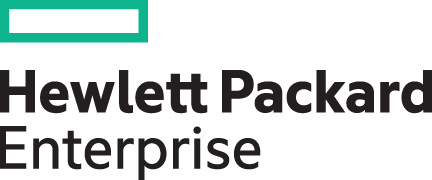May 24, 2018
Hybrid Cloud: 5 Reasons Azure Stack and HPE Servers Go Together
When IT leaders consider hybrid cloud, Azure Stack and HPE servers are often their top choices. Here’s why they’re an ideal combination.

Once you’ve made the decision that a hybrid cloud is the right environment for your company, more choices await. Most important, which solutions will be the most complementary and allow you to achieve the intended benefits?
It’s worth noting that when it comes to data center servers, Hewlett Packard Enterprise (HPE) consistently ranks as the top-selling vendor, holding about 21 percent of the market, according to IHS Markit. Meanwhile, when considering their private cloud options, more than half of enterprises are focused on Microsoft Azure Stack, according to the “RightScale 2018 State of the Cloud Report.”
For enterprises that go with both HPE servers and Azure Stack, the whole is greater than the sum of its parts. Here are five reasons why they’re better together:
1. Streamline Management with a Single Pane of Glass
HPE OneView and Azure’s management tool work together so you don’t need to jump between screens to keep track of everything. For example, the Azure tool lets you look into your HPE servers, storage and networking.
2. Detect Problems Before They Occur
HPE Insight Remote includes predictive analytics so you don’t have to wait for a failure to occur before you start doing something about it. This is key for maximizing the uptime of mission-critical Azure applications, and it complements the reliability-enhancing features built into HPE servers.
3. Get Cloud-Style Economics
HPE GreenLake Flex Capacity lets you pay monthly for private cloud infrastructure, with the ability to add or reduce compute and storage as your needs change. Just as important, those increments can be small: as little as a single node rather than the four, eight or 16 that some other solutions require. The latter model forces you to pay for more than what you need, eliminating the flexible scalability that makes the cloud attractive in the first place. The net result is that it’s quick, easy and cost-effective to support projects such as multiple test bed applications in Azure cloud.
4. Deploy Securely
HPE Synergy boosts your private cloud’s security by using Gen10 servers, which feature malware scans every 15 minutes and the ability to revert to the state before a hack occurred.
5. Deploy Quickly
Synergy also provides a software-defined infrastructure environment that makes it simple and quick to deploy incremental compute and storage for projects.
At many enterprises, IT staff assume that everyone and everything will eventually go the way of the public cloud, so they must follow suit. But that’s not the case. CDW frequently helps teams understand the financial pros and cons of public, private and hybrid cloud. For many, the right choice is on-premises Azure running on HPE’s dependable infrastructure, a combination that maximizes flexibility, minimizes risk and delivers all the benefits of public cloud economics.
Learn more about the Azure ecosystem and our partner offerings that support it.
This blog post brought to you by:

